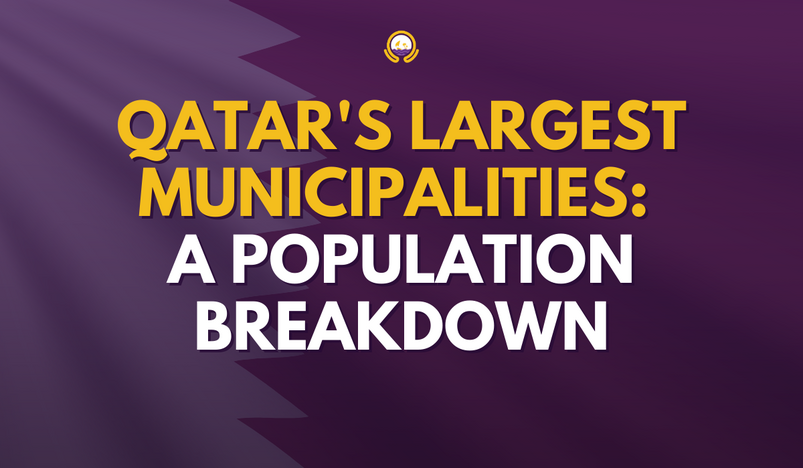
Qatar, a rapidly growing nation in the Gulf, has witnessed tremendous demographic and urban development over the past few decades. This growth is reflected in the population distribution across its municipalities. With the influx of expatriates and major infrastructure projects, understanding how populations are spread across the country provides insight into Qatar’s evolving urban landscape.
As the capital and most populous city, Doha stands as Qatar's economic, political, and cultural hub. It houses the majority of the country's population, mainly due to its wealth of opportunities, thriving industries, and urban development. Major landmarks like the Pearl Qatar, Souq Waqif, and the Museum of Islamic Art draw residents and visitors alike. Doha's population reflects Qatar’s diversity, with a significant expatriate community that contributes to its cosmopolitan character.
Al Rayyan is the second-largest municipality by population and includes several districts and towns. It is home to important educational institutions, such as Qatar Foundation’s Education City, and sports facilities, including the Ahmad Bin Ali Stadium, a key venue for the FIFA World Cup 2022. The municipality’s mix of modern and traditional settings, along with a focus on education and sport, has made it a rapidly expanding region.
Al Wakrah, once a small fishing and pearling village, has experienced rapid growth and modernization over the last two decades. The development of Al Wakrah Stadium for the FIFA World Cup and the growth of residential areas have contributed to the municipality’s population boom. Despite this, it retains its charm through its scenic coastal views and historic sites, including the Al Wakrah Museum.
Situated just north of Doha, Umm Salal is one of Qatar’s fastest-growing municipalities. Its population growth is largely driven by the expansion of suburban housing and its proximity to the capital. Umm Salal features landmarks such as the Barzan Towers and new infrastructure developments, which have attracted more residents in recent years.
Located along the northeastern coast, Al Khor is known for its natural beauty and serene coastal lifestyle. It’s a popular destination for both residents and visitors, offering family-friendly beaches, mangroves, and parks. The recent rise in population is fueled by large-scale developments like the Al Bayt Stadium, another World Cup venue, and the city's importance in the oil and gas industries.
Al Daayen is a municipality that has grown rapidly due to its proximity to Doha and the development of new residential areas. Lusail City, Qatar’s newest and most ambitious city, lies within this municipality and represents a futuristic vision of urban living. The municipality’s population has increased as Lusail has become a symbol of Qatar’s modern ambitions.
Al Shahaniya is a municipality west of Doha that offers a blend of tradition and development. Known for camel racing, a popular traditional sport in Qatar, Al Shahaniya attracts visitors and residents who appreciate its cultural heritage. In recent years, new housing projects and infrastructure developments have brought more people to this area.
Located at the northern tip of the country, Al Shamal remains a quieter municipality compared to its southern counterparts. It is an ideal destination for those seeking a slower pace of life, offering attractions such as Al Ruwais, a coastal town, and access to natural reserves. The population here is smaller but steadily growing due to the area's potential for future development.
Qatar’s largest municipalities not only reflect the nation’s ongoing population growth but also highlight its efforts to balance tradition with modern urban development. As infrastructure, housing, and opportunities continue to grow, these municipalities will play a key role in shaping Qatar's future as a dynamic, global city-state.
.jpg)
Qatar Secures Place Among the World's Top 10 Wealthiest Nations
.jpg)
Hamad International Airport Witnesses Record Increase in Passenger Traffic

Saudi Arabia: Any visa holder can now perform Umrah

What are Qatar's Labour Laws on Annual Leave?
Leave a comment